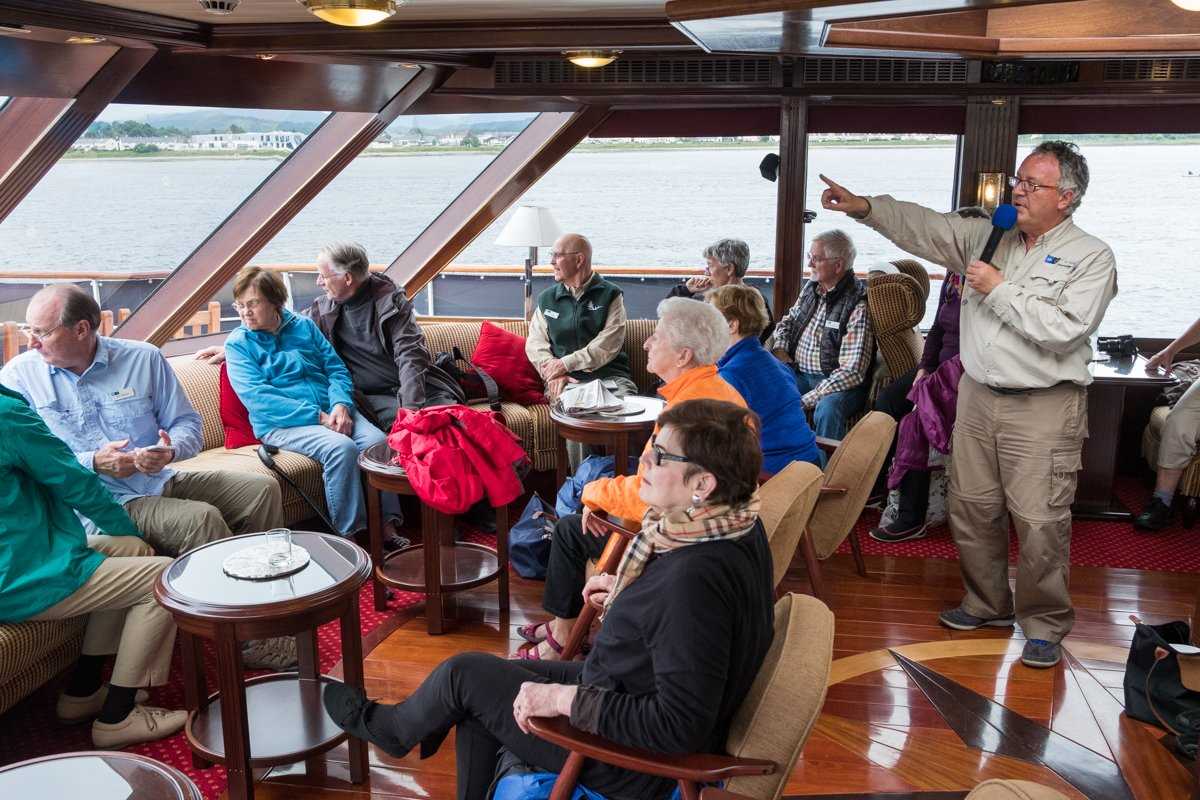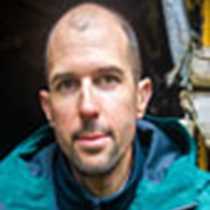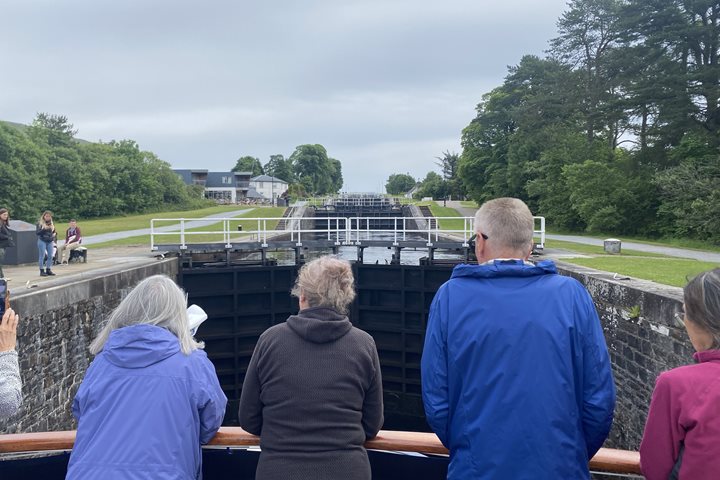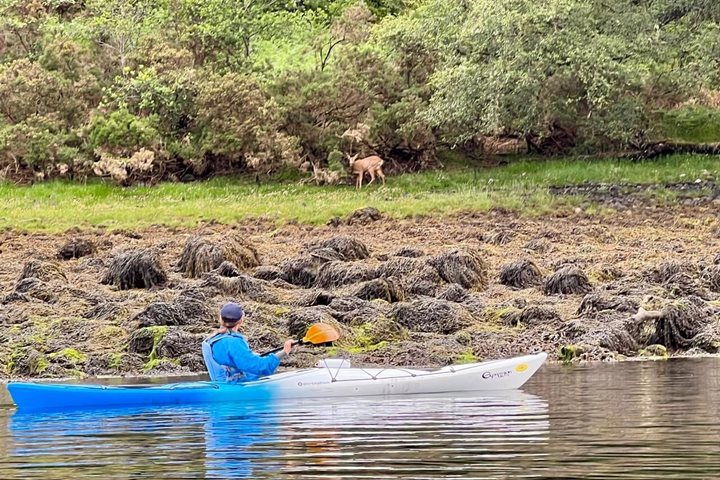We woke up in Oban on the Northern Lights Pier. A shuttle took us in groups to the Oban Distillery for a tour of its historic facilities, in situ since 1794. The town has much to offer as a service centre for the people of Argyll and the Hebridean Islands, with its large Caledonian MacBrayne ferry terminal always busy and local fishing boats coming and going throughout the day. Oban is a sheltered harbour with a dramatic setting affording wonderful views.
Over lunch and in to the early afternoon we sailed Lochs Linnhe and Aber to arrive at the Atlantic sea lock of the Caledonian Canal at Corpach, which is Gaelic for place of corpses. This is where the funeral corteges of foreign royalty rested before their onward transit to the burial ground on Iona. Corpach sits below Ben Nevis, Britain’s highest peak. It is rarely fully visible through the clouds. In the distance is Fort William, a town known to all British schoolchildren as the place with the highest annual rainfall in the country. Two large pipelines run down the hillside and feed an aluminium smelter and, closer to our vessel, a large timber processing plant. There was a big crowd on the foredeck to watch captain Tony Read bring the vessel through the lock into the Corpach Basin with just inches to spare. Scottish and Canadian flags fly here, the latter a reminder of the Caledonian Canal’s links with the Rideau Canal in Ottawa.
In the afternoon we visited Glenfinnan, where Bonnie Prince Charlie raised the standard for the Jacobite cause for the first time on British mainland in 1745, a rising that ended disastrously the following year at Culloden. For a few brief months there had been a very real possibility of the Stuart dynasty being restored to their rightful throne and the balance of power between Protestant and Catholic powers in Europe shifting decisively. Today, Glenfinnan is also visited by fans of the Harry Potter movies, since it was over the Glenfinnan viaduct that the Hogwarts Express famously steamed. Some of us had close views of the viaduct from a mountain trail on the afternoon hike while others took a stroll along a natural history board walk trough the wetlands at the edge of Loch Shiel to look at the alder, birch and willow trees that grow happily with their feet in the water and a fine stand of the native Caledonian pines on the rocky hillside.









